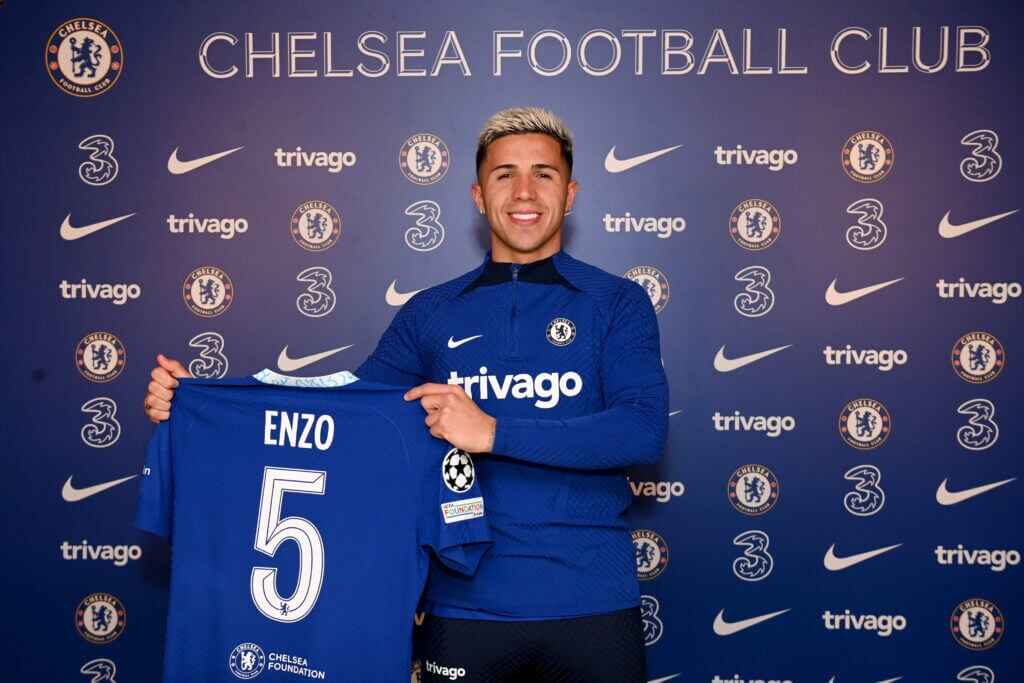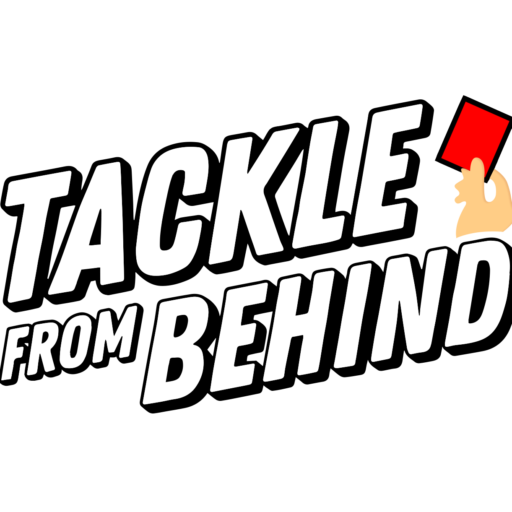If you’re a die-hard football fan, you’ve probably heard terms like “transfer fee” and “amortization” thrown around, especially during the transfer windows. But what exactly does amortization in football mean?
Simply put, it’s a way for clubs to spread out the cost of a player’s transfer over the length of their contract. This financial concept might not seem as exciting as watching your favorite player score a goal, but it’s an essential part of the business side of the game.
What is Amortisation in Football?
Amortization is basically a way for football clubs to pay for expensive players over time, instead of all at once. Pretty cool, right?
When a club buys a new player from another team, they often have to pay a huge transfer fee. Instead of paying that massive amount upfront, amortization allows them to spread out the cost over the entire length of the player’s contract.
So, let’s say your favorite club signs a superstar for $50 million on a 5-year deal. With amortization, they can divide that $50 million by 5 and only pay $10 million per year for those 5 years. It makes it a bit easier on the club’s wallet!
It’s kind of like when you want that latest game console but can’t afford to pay full price upfront. Your parents let you pay it off little by little each month instead. Same basic idea for football clubs and those crazy transfer fees.
Importance of Amortisation
1. Financial Fair Play (FFP) Compliance: You know how your parents or teachers have rules you need to follow? Well, football clubs have to follow rules too, like Financial Fair Play (FFP). Amortization helps clubs stay within these rules by spreading out the cost of expensive players over several years, instead of paying it all at once. That way, they don’t spend too much money in one go and get in trouble with the authorities.
2. Balancing the Books: Just like you have to balance your allowance and not spend it all on video games or football merch, clubs need to balance their finances too. Amortization helps them do that by spreading out the cost of new players over time, so their expenses don’t go through the roof in one year.
3. Player Valuation: When you collect trading cards, you know some players are more valuable than others, right? Well, amortization affects how clubs value their players too. The part of the transfer fee that hasn’t been paid off yet is considered an asset for the club, just like a valuable trading card in your collection.
4. Transfer Market Strategy: Amortization helps clubs plan their transfer strategies better. They can figure out how much it will really cost them to sign a new player, not just the transfer fee, but also how it will affect their finances in the long run. This way, they can make smart decisions about which players to go after.
Are clubs allowed to Amortise their transfers?
Absolutely! Amortization is totally allowed for football clubs when they buy new players. It’s not some sneaky trick they’re trying to pull.
In fact, amortization is a normal accounting practice used by all kinds of businesses, not just football clubs. It’s a legit way to spread out the cost of expensive assets over time.
Now, the big bosses at UEFA (you know, the people in charge of football rules across Europe) did try to change the amortization rules recently. But they didn’t completely ban it. They just made some adjustments, so clubs still have some flexibility.
Whether a club is based in the UK, Ireland, or anywhere else, they have to follow specific accounting standards when it comes to amortization. It’s all properly regulated to make sure they’re doing it correctly and not trying to cheat the system.
So, yeah, amortization is allowed and perfectly normal in the world of football finance. It’s not some shady loophole or anything like that. Just a standard accounting practice to help clubs manage their money better.
Amortization in Football: Chelsea FC’s Smart Move
You know how sometimes you want to buy a bunch of cool new stuff, but you don’t have enough money all at once? Well, big football clubs like Chelsea face a similar situation when they want to sign a lot of new players.

See, there are rules called Financial Fair Play that prevent clubs from spending way more money than they make. So, if Chelsea wanted to bring in seven new players for a total of £280 million, that would be a huge amount of money to pay all at once, and they’d get in trouble with the rules.
But Chelsea found a clever solution: they gave those seven new players really long contracts!
Here’s the breakdown:
– Enzo Fernandez: 8-year contract
– Mykhaylo Mudryk: 8-year contract
– Benoit Badiashile: 7-year contract
– Noni Madueke: 7-year contract
– Malo Gusto: 7-year contract
– Andrey Santos: 7-year contract
– David Datro Fofana: 6-year contract
Now, instead of having to count the full £280 million against the Financial Fair Play rules right away, Chelsea can spread out that cost over all those years of the players’ contracts. That means they only have to count around £37 million for this year!
Genius, right? It’s like when you want to buy a really expensive video game, but your parents let you pay for it a little bit at a time from your allowance instead of all at once.
Of course, Chelsea isn’t the only club to use this smart amortization trick, but they took it to a whole new level. Their spending spree is actually what made the bosses at UEFA look at changing the Financial Fair Play rules.
New Amortisation Rules
You know how Chelsea pulled that clever trick by giving their new players really long contracts? Well, the bosses at UEFA caught wind of what they were doing and didn’t like it one bit.
They realized that Chelsea found a bit of a loophole in the Financial Fair Play rules by spreading those huge transfer fees over so many years. People started calling it the “Chelsea loophole” because the club took it to the extreme.
So UEFA decided to close that loophole and make some changes to the rules, starting from the 2023/24 season. Now, clubs can only spread out a transfer fee over a maximum of 5 years when amortizing it.
One of the UEFA officals said, “If other clubs start doing the same with 8-year contracts, it’ll be a mess. We need to protect them from causing problems for themselves in the future.”
The reasoning is that if a club gives a player an 8-year deal and then wants to sell them after 3-4 years, they won’t make much profit because a lot of the transfer fee is still not paid off. Or, the club could get stuck with a player on high wages that they can’t sell.
The new rules won’t affect Chelsea’s past deals, but starting this summer, that creative accounting trick won’t work as well. UEFA is cracking down to make things fairer.
FAQ
How is Amortisation Calculated?
To calculate amortisation, clubs divide the transfer fee by the length of the player’s contract.
For example, if a player is signed for $30 million on a 3-year contract, the annual amortisation expense would be $10 million ($30 million / 3 years). This $10 million is then recorded as an expense on the club’s income statement for each year of the player’s contract.
How does Amortisation work in football?
Amortisation involves spreading out the cost of acquiring a player over the duration of the player’s contract, reflecting the diminishing value of the player’s economic rights over time.
What is the UEFA 5 year rule?
UEFA has confirmed a transfer fee can only be spread across a maximum of five years of a player’s initial contract. According to the new regulation, teams can only spread the cost of acquiring a player up to a maximum of 5 years.
Conclusion
Signing new players ain’t cheap! Those huge transfer fees could easily bankrupt a club. But amortization is like a cheat code that helps them out.
Instead of paying the full fee upfront, clubs can spread it out over the player’s contract length. It’s like paying for an expensive game in installments rather than all at once.
Amortization also keeps clubs following those strict financial rules. And it allows smarter spending decisions when shopping for talent.
Understanding and correctly implementing amortisation is essential for football clubs’ long-term success and sustainability, both on and off the pitch.


